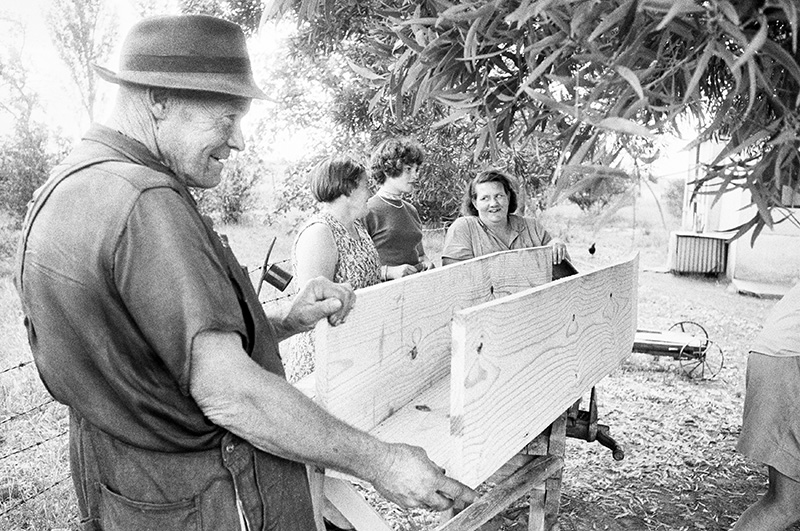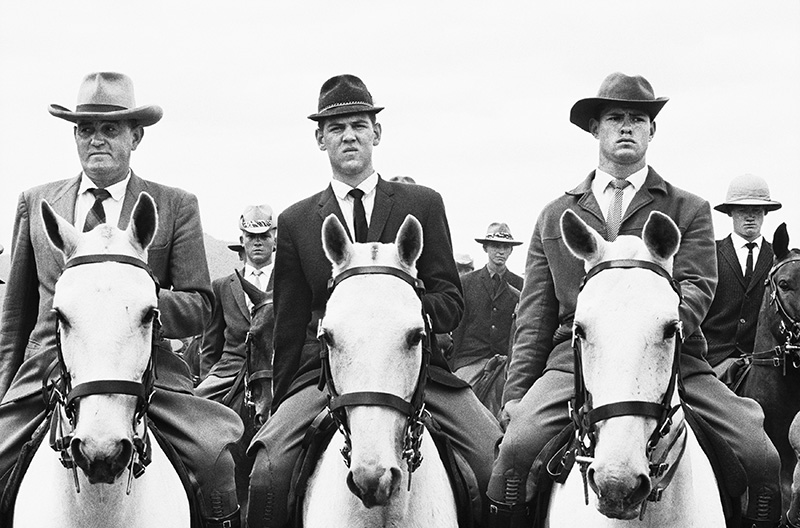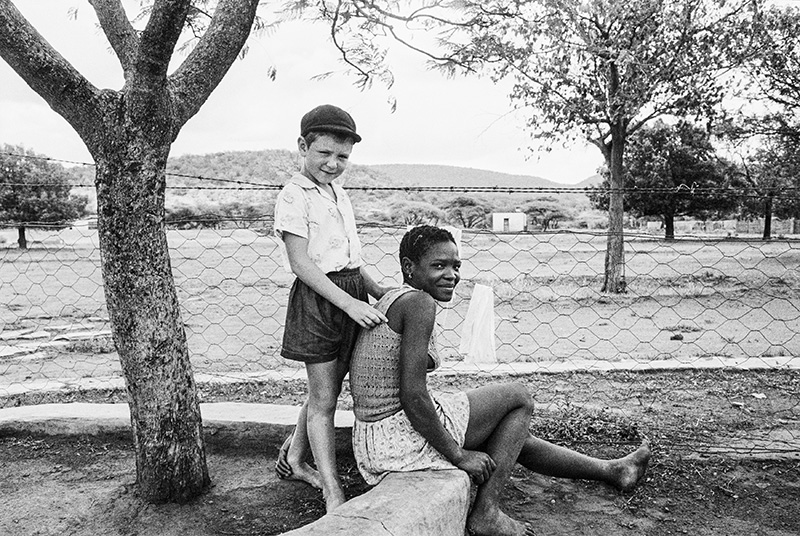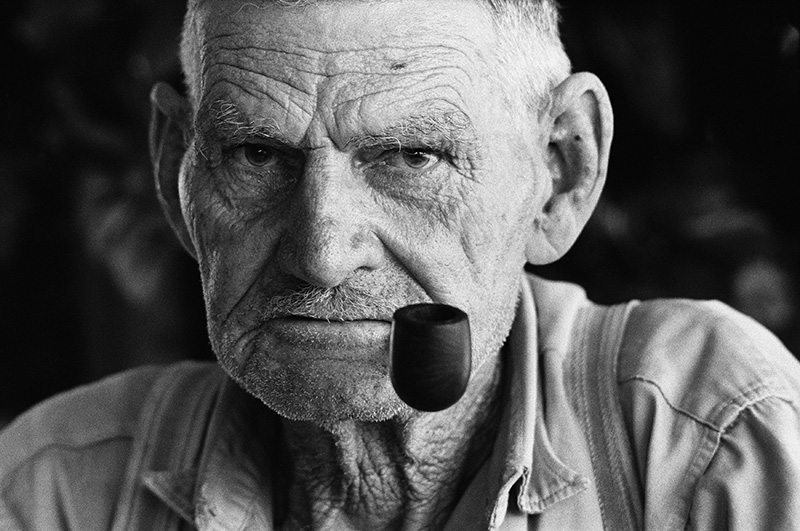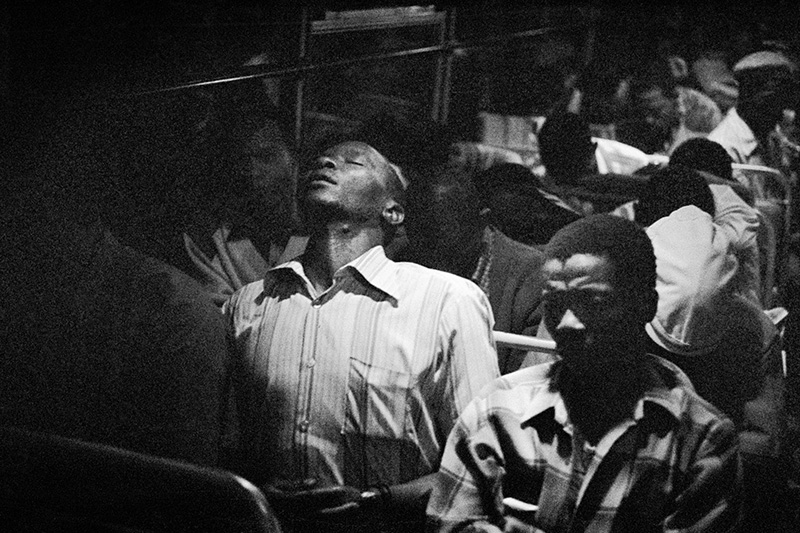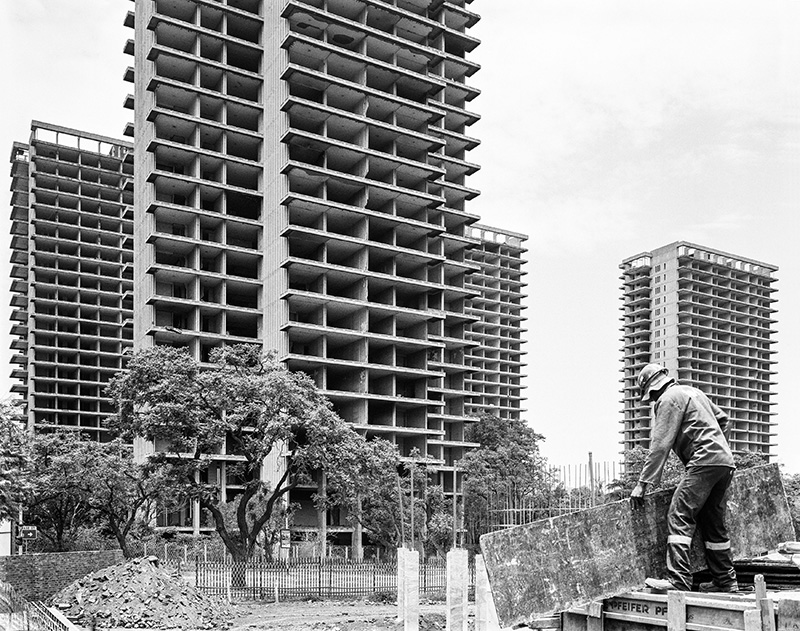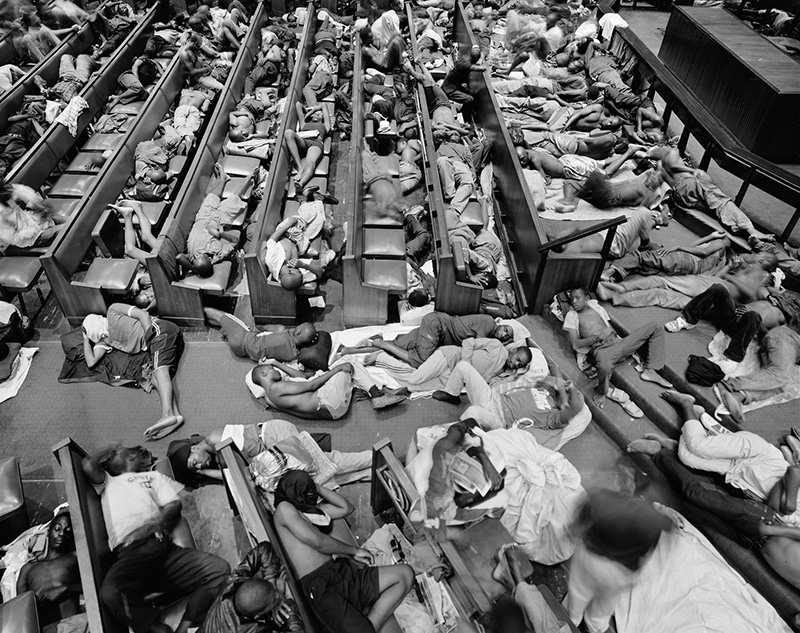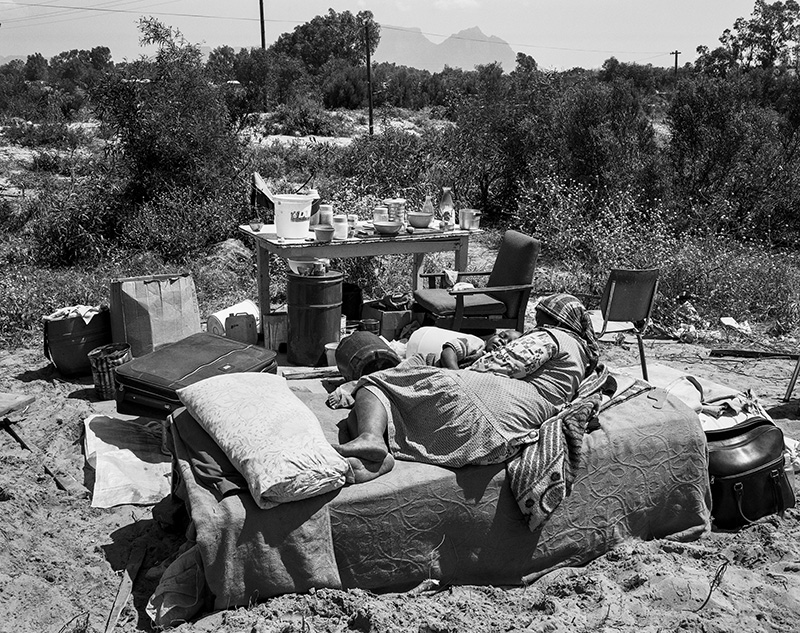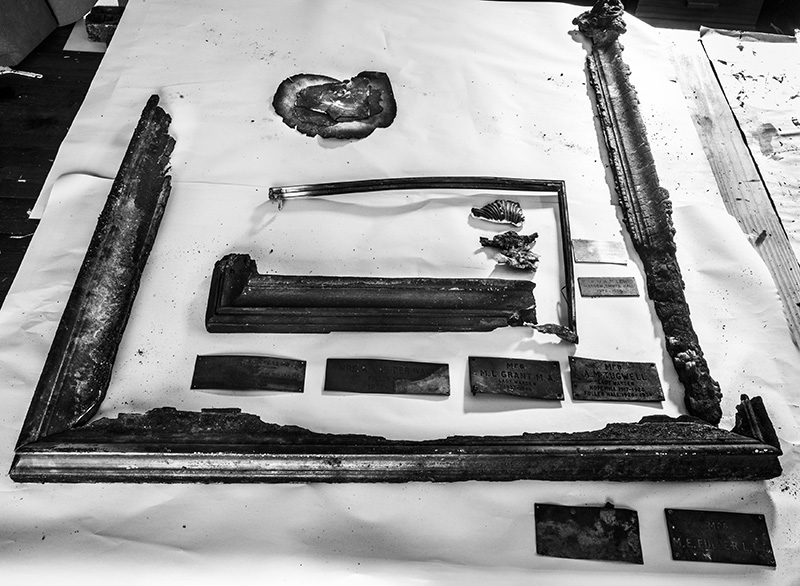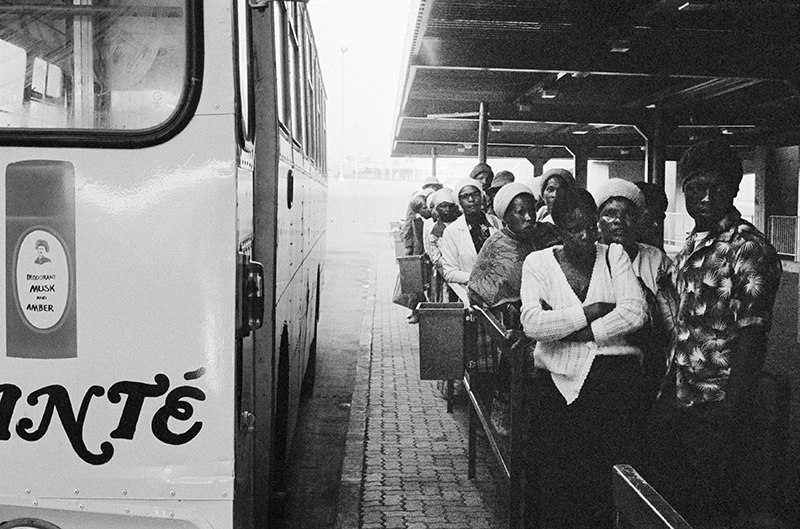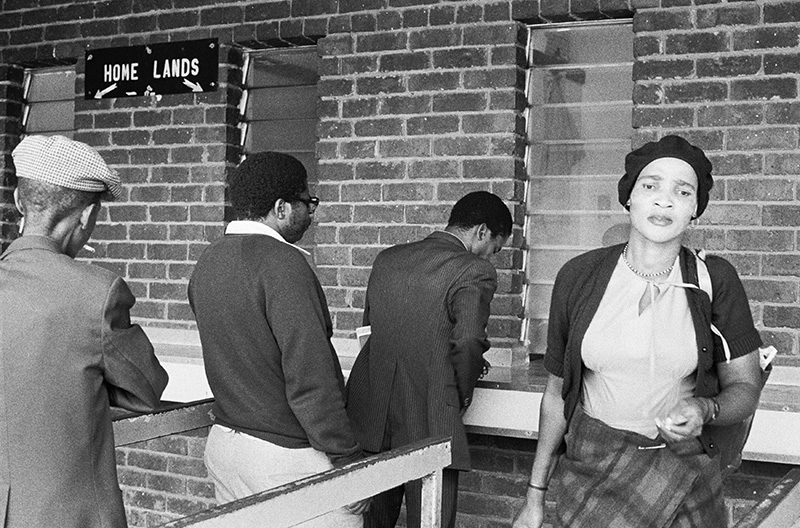PHOTO:David Goldblatt
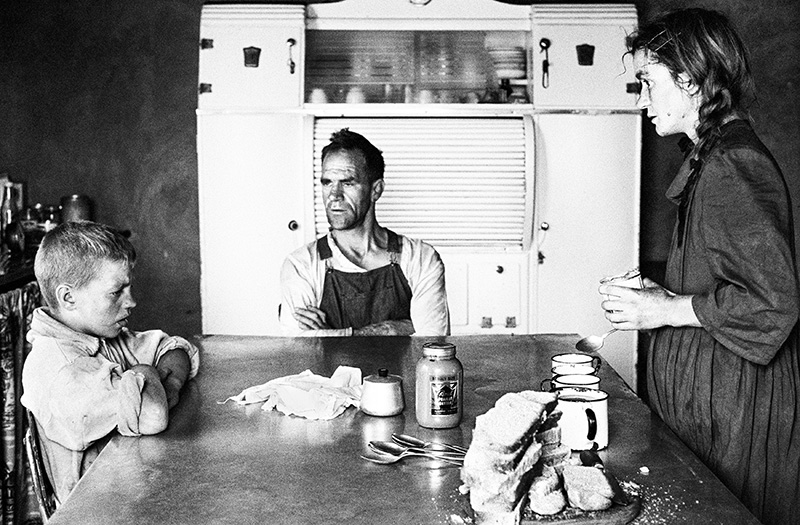 David Goldblatt, who is one of South Africa’s most famous documentary photographers, is internationally acclaimed for his work. The grandson of Lithuanian-Jewish immigrants was born on 29/11/1930 in the small mining town of Randfontein. David was the third son of Eli Goldblatt and Olga Light, both of whom came to South Africa as children with their parents to escape the persecution of the Lithuanian-Jewish communities in the 1890s.
David Goldblatt, who is one of South Africa’s most famous documentary photographers, is internationally acclaimed for his work. The grandson of Lithuanian-Jewish immigrants was born on 29/11/1930 in the small mining town of Randfontein. David was the third son of Eli Goldblatt and Olga Light, both of whom came to South Africa as children with their parents to escape the persecution of the Lithuanian-Jewish communities in the 1890s.
By Dimitris Lempesis
Photo: Centre Pompidou Archive
David Goldblatt’s interest in photography was sparked by his mother giving him a camera. His brother, Dan, had served in the merchant navy and had brought a camera home after his service. David’s parent’s purchased this camera, thus encouraging him to pursue his interest in photography. In 1948 David matriculated and set his sights on a career in photojournalism. He was largely influenced by the work of the famous photographers working for American-European magazines such as “Life” and “Picture Post”. In the 1950s, David started photographing the unfolding political campaigns mounted by the Congress Alliance. David undertook the responsibility of his father whilst studying part-time at Witwatersrand University in Johannesburg. In between running the family business and studying for his Bachelor of Commerce degree, David continued to take photographs in his spare time. After the death of his father in 1962, David sold the family store and he ventured out to work full time as a professional photographer. David became part of the intellectual and artistic community of white Johannesburg; he became friendly with many of Johannesburg’s leading white liberal literary and artistic figures. It was through his friendship with the writer Lionel Abrahams, who was the editor of the work of Herman Charles Bosman, that David began exploring and photographing the Afrikaaner farming community of the Groot Marico district in the then Western Transvaal. His big break as a photographer came in 1964 when he was given a number of assignments by Sally Angwin, the editor and owner of the avant-garde “Tatler” magazine. David did a feature for the magazine on the Anglo-American Corporation and this eventually led to long and important association with Anglo’s in- house magazine “Optima”. David’s association with Optima gave him access to the mining operations of the most powerful South African company. This, in turn, allowed him, over the next decade, to complete his book “On the Mines” (1973), as well as to travel around the country taking photographs for his seminal book “Some Afrikaners Photographed” (1975). He also worked on a book about middle class which South African’s, In Boksburg, as well as projects on Transkei, Soweto and the city of Johannesburg. By the end of the turbulent 1970s, Goldblatt had built a reputation as one of the country’s leading documentary photographers. While he was like most progressive white liberals, privately opposed to the Afrikaner Nationalist government, he steadfastly avoided any active political involvement and did not photograph any of the turning points in South African history, such as the 1973 Durban strikes or the June 16th youth uprisings. In 1972 Goldblatt spent six months photographing in Soweto and from 1976-77 he travelled on a bicycle photographing mainly the Johannesburg Indian area of Fietas, the community was facing removal in terms of the government’s Group Areas Act which forcefully removed people to new segregated townships. In 1979 Goldblatt began working on a project about life in a typical white suburb of the Transvaal. In the 1990s, Goldblatt argued that he would neither join a political organisation – because he was not a “joiner” – nor allow his work to be used “by either side of the struggle” for propaganda purposes. Nonetheless, he participated in the Staffrider Exhibitions, organised by the leftwing anti-apartheid photographers’ collective, Afrapix. He also participated in the seminal exhibition, “South Africa the Cordoned Heart” (1985) curated by Omar Badsha. He was asked by Badsha to cover the story of workers who travelled an average of four hours per day by bus between the homelands and cities like Pretoria. This assignment led to the book titled “The Transported of KwaNdebele: a South African Odyssey” (1989). In the 1980’s Goldblatt also began working on a 15 year project that would culminate in the publication of “South Africa The Structure of Things Then” (1998). On the 8 March 2006, Goldblatt was honoured for his portrayal of social and political life in the country of his birth. He received the 2006 Hasselblad Foundation Award. In 2016 Goldblatt canceled the contract to bequeath his archive to the University of Cape Town in protest against the university’s censorship of its art collection which was for him an abrogation of the freedom of expression after student violence. Goldblatt continues to work.
Info: Curator: Karolina Ziebinska-Lewandowska, Centre Pompidou, Centre Pompidou, Place Georges-Pompidou, Paris, Duration: 21/2-13/5/18, Days & Hours: Mon-Wed & Fri-Sun 11:00-21:00, Thu11:00-23:00, www.centrepompidou.fr
